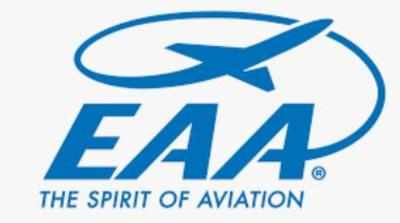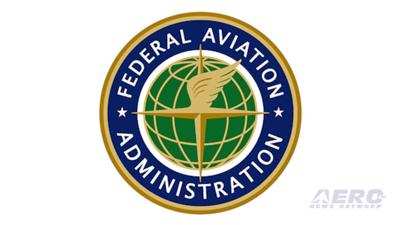Time Out, Task In
In early March 2023, the FAA—following sustained, multiyear advocacy for such an initiative by the Experimental Aircraft Association (EAA)—published guidelines for an optional task-based Phase I flight-testing program. Subject program establishes an alternative to the standard 25 or 40-hour flight-testing requirement for amateur-built aircraft, replacing the hours-based testing period with a list of comprehensive and concise tasks.

Upon an applicant aircraft’s completion of the newly-specified tasks, the FAA will approve creation of a germane Aircraft Operating Handbook (AOH*). The applicant aircraft, thereafter, is considered to have completed the Phase I flight-testing period.
Programs deriving of FAA-EAA cooperation have contributed directly and significantly to the decades-long decline in the number of accidents suffered by amateur-built aircraft. In addition, such programs demonstrate the EAA’s commitment to aviation safety and instantiate the association’s unrelenting drive to create an ever-stronger safety culture within its member ranks.
The EAA’s ongoing partnership with the FAA is a testament to the veracity of the organization’s ethos, and a key component to the continuing growth of the Experimental/Amateur-built (E-AB) movement.
The new guidance is contained within the recently updated Advisory Circular (AC) 90-89C, the Amateur-Built Aircraft and Ultralight Flight Testing Handbook—a wide-ranging document, the first iteration of which was developed jointly by the FAA and EAA in 1989. The task-based program itself is found in Chapter 2 of the revised AC.

The program prescribes a series of 17 discrete flight-test tasks, and recommends the tests be flown per test cards carried in the aircraft. The program further requires the creation of an Aircraft Operating Handbook (AOH)* from the test results. Such a document benefits the builder and any subsequent owners of the vetted aircraft. Test plans—provided they accomplish the FAA-prescribed tasks—may be written by anyone, including kit manufacturers and type clubs. Users of the EAA’s Flight-Test Manual will note similarities in the requirements of the EAA and FAA protocols.
In order to utilize the task-based flight-testing program, an applicant aircraft must have an operating limitation allowing said program’s use. Operating limitations are issued along with airworthiness certificates by the FAA or Designated Airworthiness Representatives (DAR) as part of an aircraft’s airworthiness certification process. The EAA expects the FAA will update policy pertaining to operating limitations in short-order, thereby ensuring standard operating limitations include the task-based Phase I authorization language. Owners of aircraft currently undergoing—or bound to imminently commence—Phase I flight-testing are invited to email govt@eaa.org for information pertaining to means by which to obtain the new task-based Phase I operating limitation.
After the fashion of past successful collaborations between the EAA and FAA—such as the Additional Pilot Program—the new task-based flight-testing program is designed to facilitate decentralization and ease of use. Following an aircraft’s initial inspection, follow-up reports to the controlling FSDO or DAR—unless otherwise specified—are unnecessary.
As the traditional time-based Phase I program remains unchanged, aircraft builders are free to utilize such.

Speaking to the subject of the new task-based flight-testing program, EAA government relations director Tom Charpentier stated: “This program is the result of years of hard work by EAA staff, our volunteers, and the FAA. This is one of those rare win-win policies. It will ensure that aircraft are thoroughly tested and documented, that every hour of flight-testing has a purpose, and that when the flight-testing work is complete, Phase I is over. We thank the FAA for their efforts on publishing this guidance and to those in our community who contributed.”
An EAA webinar addressing the intricacies of the task-based Phase I flight-testing program is scheduled for 04 April 2023.
*The term AOH is new and makes its initial appearance in the revised (AC) 90-89C, the Amateur-Built Aircraft and Ultralight Flight Testing Handbook. The term was suggested by the EAA as a homebuilt-specific alternative to Pilot Operating Handbook (POH) or Aircraft Flight Manual (AFM), both of which have regulatory connotations not applicable to experimental aircraft.
 ANN's Daily Aero-Linx (05.02.24)
ANN's Daily Aero-Linx (05.02.24) ANN's Daily Aero-Term (05.02.24): Touchdown Zone Lighting
ANN's Daily Aero-Term (05.02.24): Touchdown Zone Lighting Aero-News: Quote of the Day (05.02.24)
Aero-News: Quote of the Day (05.02.24) ANN FAQ: Contributing To Aero-TV
ANN FAQ: Contributing To Aero-TV NTSB Final Report: Cirrus Design Corp SR20
NTSB Final Report: Cirrus Design Corp SR20





